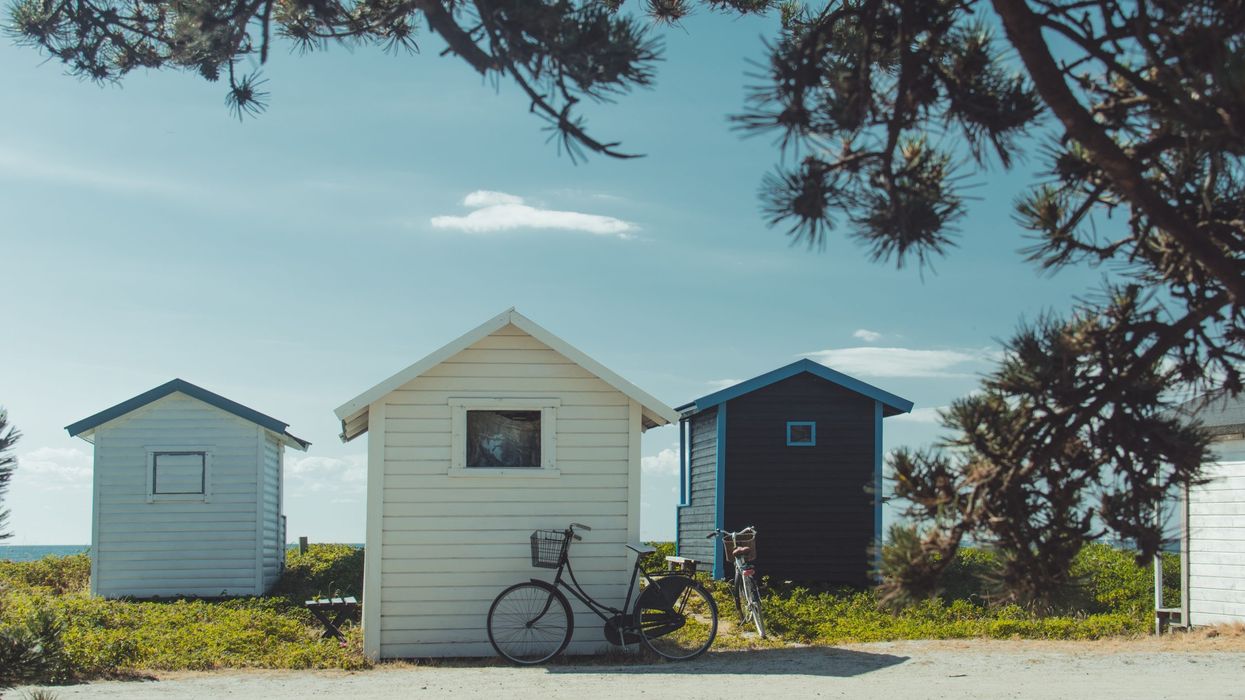Canada’s high house prices have forced many people to get creative with their living situations. But one approach, in particular, is gaining ground.
Tiny homes have become a unique option for those trying to combat the cost of living. And according to one sustainable living expert, interest in these types of homes is growing among Canadians.
READ: 5-Year Forecast Shows Canadian House Prices Will Rise In All But 2 Cities
“At the end of the day, when you have to get into a quarter million, half a million dollars to get into a property, for many people today in an uncertain time, with uncertain wages and uncertain jobs, it’s just not feasible,” Edmonton-based expert Kenton Zerbin, who runs workshops about building tiny homes, told The Canadian Press.
But the reduced cost isn’t the only benefit to owning a tiny home. For many, it’s also about leading a minimalist lifestyle, minimizing their ecological footprint, and putting their finances towards better use.
“A tiny home enables you to live your life, versus living for your house,” Zerbin told CP.
Homes have become increasingly unaffordable for Canadians. In fact, a recent report found that it will take the average Canadian millennial 13 years to save 20 per cent for a down payment. This is a huge chunk of time compared to the mere five years it used to take back in 1976.
READ: More Homeowners Lured Away From Big Cities Due To Low House Prices
While there are measures put in place to help Canadians, such as the new First-Time Home Buyers Incentive, other rules, such as the mortgage stress test, have hindered the dream of homeownership. That’s why tiny homes are becoming more appealing to so many.
But while the tiny house movement is on the rise — especially in Alberta, British Columbia and Quebec, according to Zerbin — not all municipalities are entirely welcoming of these properties. Some have very restrictive bylaws that dictate what building materials can be used for the house and what colour it needs to be, CP reports. Many have square footage requirements, too.
READ: This One-Of-A-Kind Tiny Home In The GTA Could Be Yours For $200,000
Tiny homeowner Christine McIntosh, for example, told the Ottawa Citizen last year that her 200 sq. ft. property just outside Ottawa isn’t technically legal because it’s “too small.”
To be clear, there’s no official definition of what constitutes a tiny home, so municipalities make their own rules. However, these properties are generally known to be between 100 and 500 sq. ft.
But those who are still drawn to having a tiny home shouldn’t give up the dream. Some Canadian cities are slowly becoming more open to the idea, Zerbin told CP.
“I’d say cities are willing to have the conversation, but they’re bureaucratic so everything is slow and wrapped up in red tape,” he said. “But if (future owners) are willing to do the work, change will come.”
READ: Tiny Home, Big Idea: A Cozy Solution For Youth Homelessness
Tiny homes aren’t the only trend that’s rising as a result of high house prices. More adults (age 25 to 64) are opting to live with their parents for longer in order to save money, while others are being lured away from big cities in order to find affordable housing.





















